World rubber price
At the end of today's trading session, the price of June rubber futures on the Shanghai Stock Exchange - China increased by 0.2% (25 Yuan) to 14,335 Yuan/ton.
On the OSE - Japan, the price of rubber futures for June delivery increased sharply by 3.2% (10.2 Yen/kg) to 333.2 Yen/kg, recording the largest increase since April 10 and the highest price since April 2.
In Thailand, rubber futures for June delivery remained flat at 74.95 baht/kg.
On the SGX - Singapore exchange, the rubber contract price for June 2025 increased slightly by 0.60 cent/kg, to 169.80 cent/kg; for July 2025, it increased by 0.30 cent/kg, to 170.50 cent/kg.
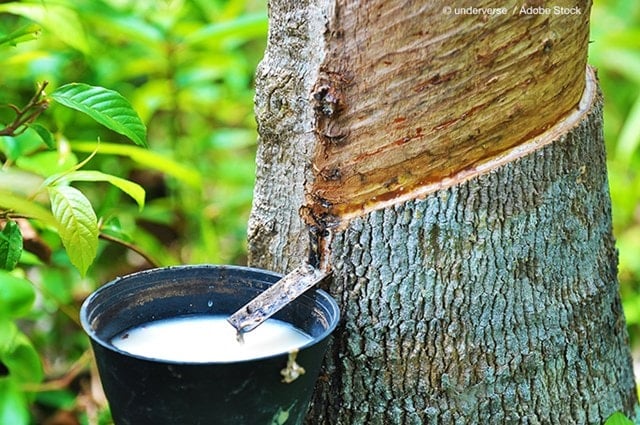
In Thailand, the Ministry of Agriculture has ordered a temporary suspension of rubber latex concentrate imports due to concerns from farmers about irregularities. The ministry said the increase in US tariffs under President Trump remains a major factor in the decline in rubber prices.
Meanwhile, Thailand's rubber output in 2025 has declined slightly to 4.7 million tonnes, despite rising demand.
In the first four months of this year, Thailand's natural rubber export turnover reached 2.008 billion USD, up 23.2%. Major export markets include China, Japan, the United States and Malaysia.
Exports are expected to reach around US$4.99 billion in 2024, up 17.3%. Natural rubber remains an important export commodity, generating a large amount of revenue for Thailand. However, rubber farmers are currently facing many challenges due to fluctuating prices.
Thammarat Thongmee, director general of the Rubber Department under the Ministry of Agriculture, said the agency has asked businesses to delay importing latex concentrates of the same quality as domestically produced products. The request was made under Article 26 of the 1999 Rubber Control Law, in order to stabilize rubber prices and minimize the impact on domestic farmers.
In Malaysia, the state of Sabah is working to revive the rubber industry, as part of a modernization initiative launched by the National Rubber Smallholders Authority.
The plan includes “establishing high-tech warehouses, adopting advanced tapping techniques and promoting the production of value-added products,” according to JPX.
Similarly in Germany, the rubber industry also called for quick action to support growth, after reporting falling sales and production in the first quarter of 2025.
According to the German Rubber Industry Association (WDK), member companies saw their sales in the first three months of this year fall 2.7% compared to the same period last year. Similarly, production fell 2.5%, while domestic sales also fell 2%, WDK President Michael Klein said, without providing details.
Domestic rubber price
The purchase price of rubber latex at domestic enterprises today continues to remain stable. Specifically,
Ba Ria Rubber Company purchases level 1 latex at 452 VND/TSC degree/kg, applicable to TSC degrees of 30 or higher; level 2 at 447 VND/TSC degree/kg, applicable to TSC degrees from 25 to under 30; level 3 at 442 VND/TSC degree/kg, applicable to TSC degrees from 20 to under 25.
Cup latex, coagulated latex with DRC ≥ 50% at 18,000 VND/kg; cup latex, coagulated latex with DRC from 45-50% at 16,700 VND/kg; coagulated latex with DRC from 35-45% at 13,500 VND/kg.
Phu Rieng Rubber Company purchases latex at 440 VND/TSC/kg; mixed latex at 400 VND/DRC/kg.
Mang Yang Rubber Company, latex purchase price decreased by 18.5 VND, currently fluctuating between 397 - 401 VND/TSC, depending on the type. Accordingly, latex type 1 is at 401 VND/TSC/kg; latex type 2 is at 397 VND/TSC/kg.
Grade 1 mixed latex is at 409 VND/DRC/kg; grade 2 mixed latex is at 359 VND/DRC/kg.
The purchase price of latex at Binh Long Rubber Company is 386 - 396 VND/TSC/kg; mixed latex with 60% DRC is 14,000 VND/kg.
Source: https://baodaknong.vn/gia-cao-su-hom-nay-29-5-nhat-ban-len-cao-nhat-gan-hai-thang-253927.html


![[Photo] Journalists moved to tears at the Memorial Service for the soldiers who died in Gac Ma](https://vphoto.vietnam.vn/thumb/1200x675/vietnam/resource/IMAGE/2025/5/30/9454613a55c54c16bf8c0efa51883456)


![[Photo] National Conference "100 years of Vietnamese Revolutionary Press accompanying the glorious cause of the Party and the nation"](https://vphoto.vietnam.vn/thumb/1200x675/vietnam/resource/IMAGE/2025/5/30/1cf6cd5c8a934ebfa347028dcb08358c)
![[Photo] General Secretary To Lam receives Chief of the Central Office of the Lao People's Revolutionary Party](https://vphoto.vietnam.vn/thumb/1200x675/vietnam/resource/IMAGE/2025/5/30/140435f4b39d4599a3d17975dfb444c5)
![[Photo] A delegation of 100 journalists from the Vietnam Journalists Association visits the soldiers and people of Truong Sa island district.](https://vphoto.vietnam.vn/thumb/1200x675/vietnam/resource/IMAGE/2025/5/30/0984a986227d4e988177f560d2e1563e)
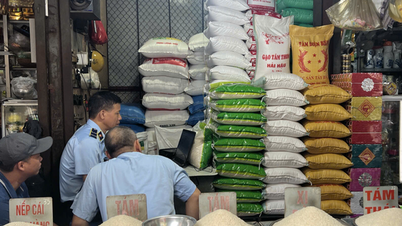

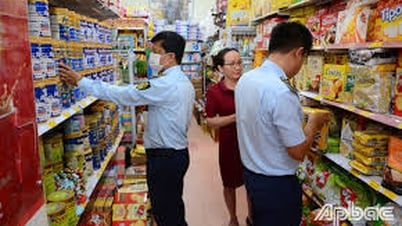




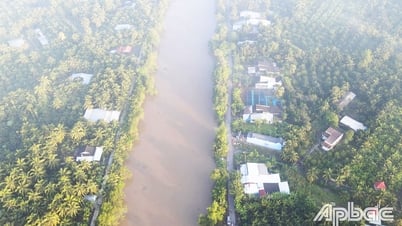









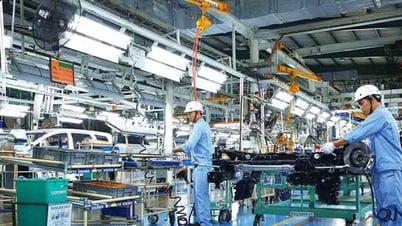












































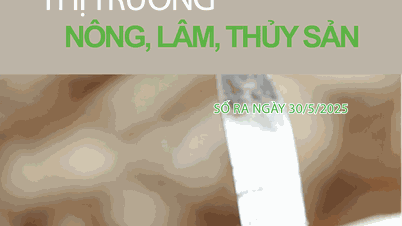







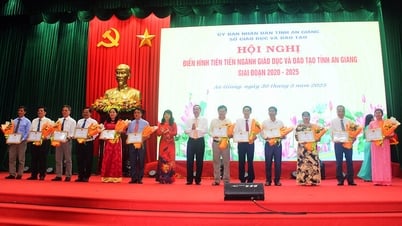










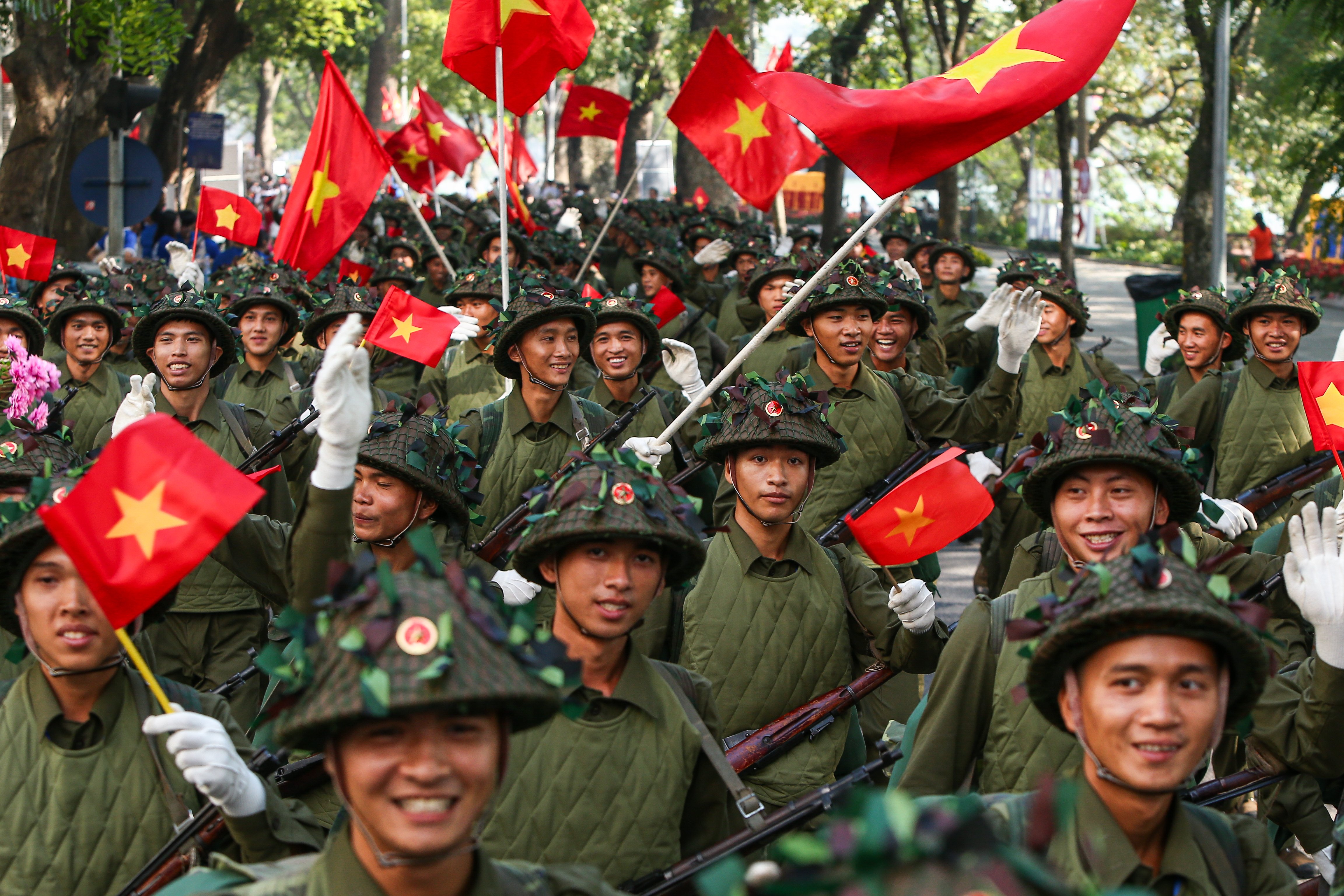



Comment (0)